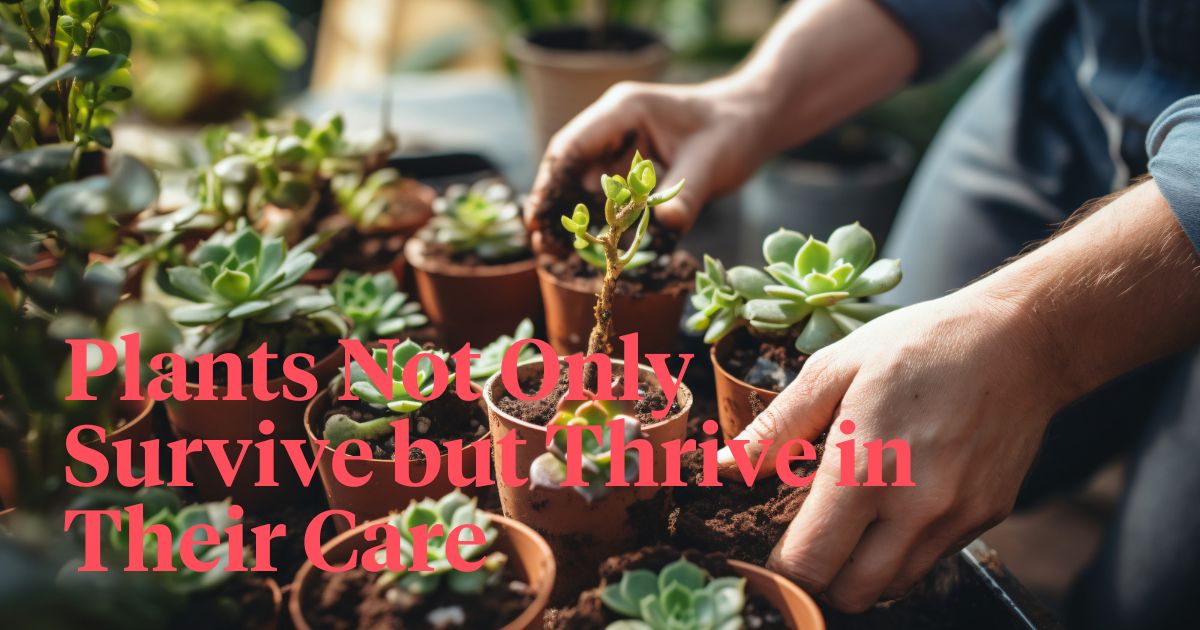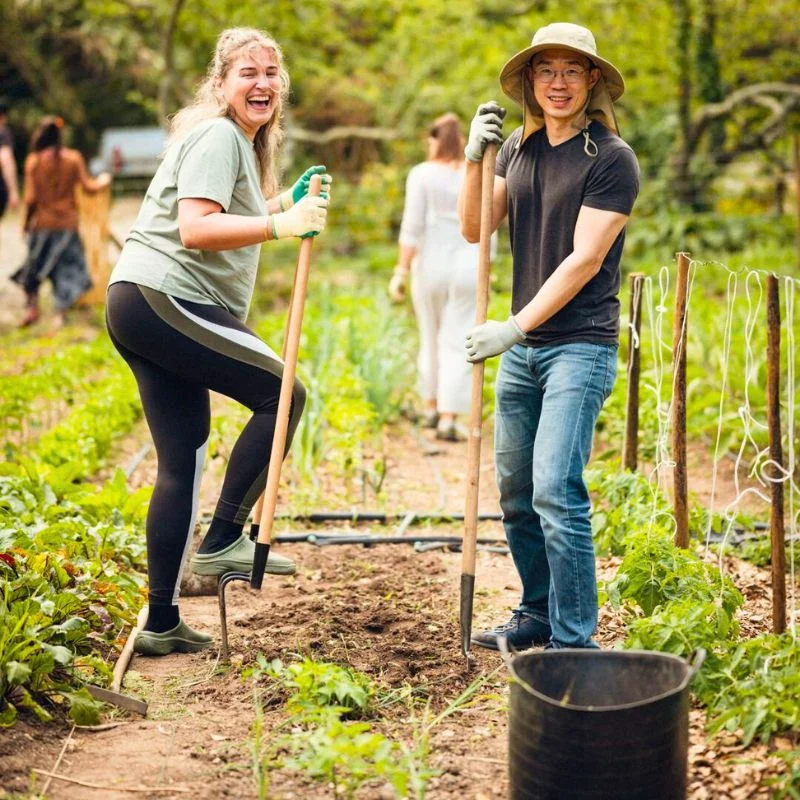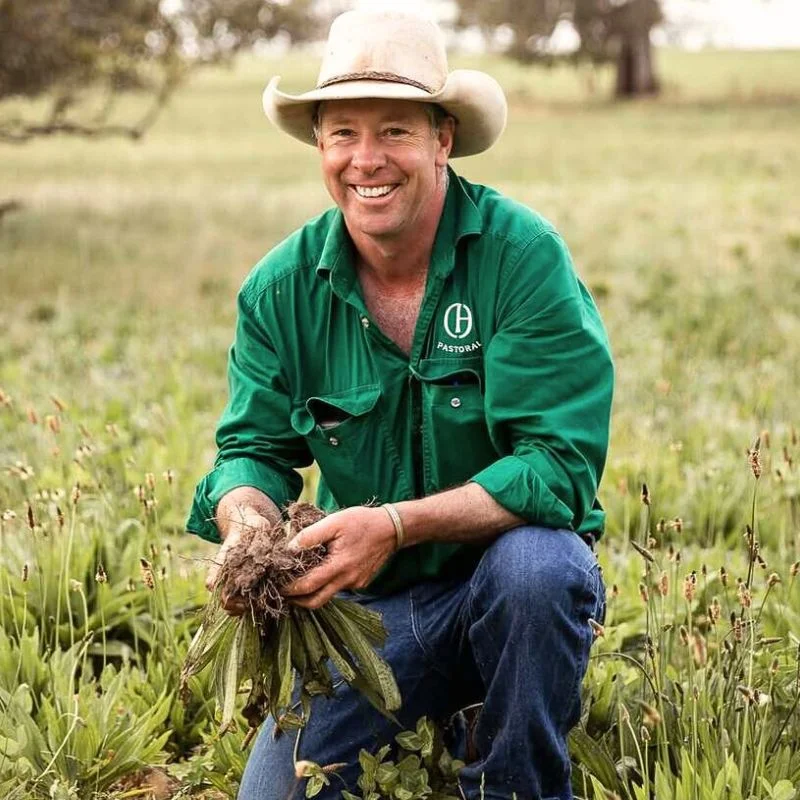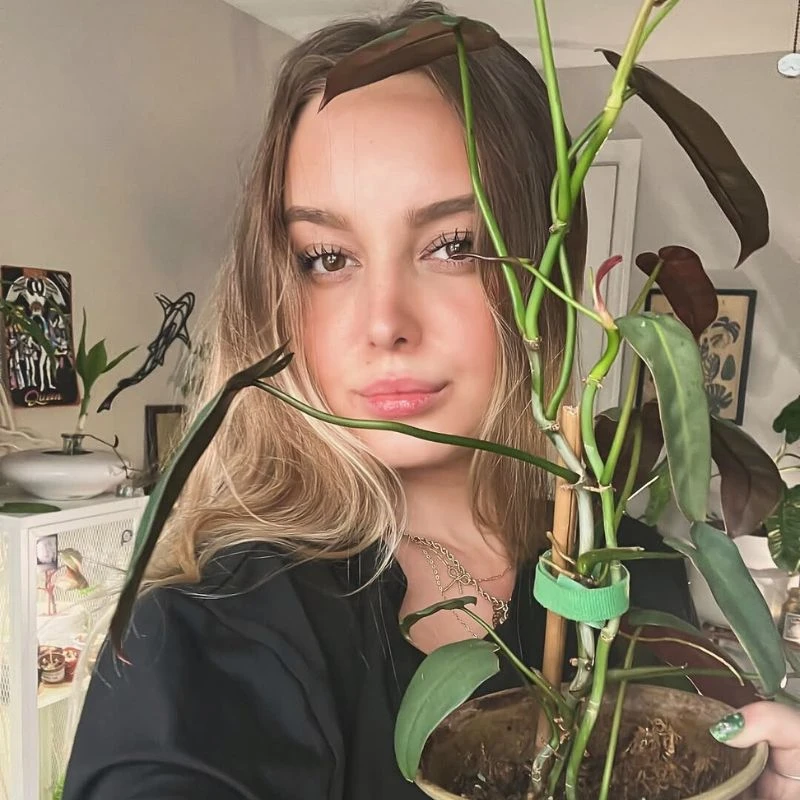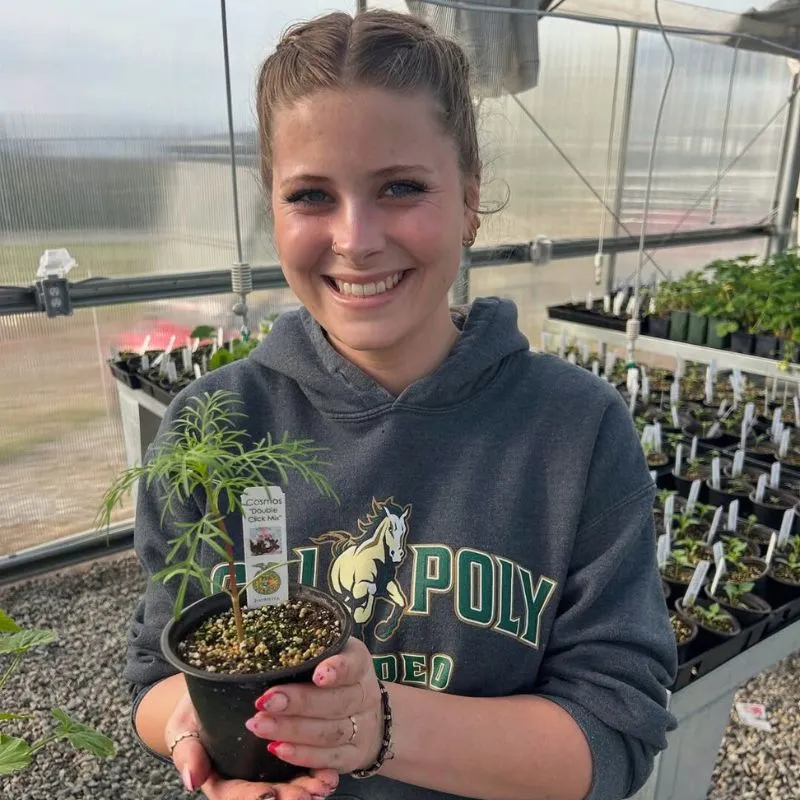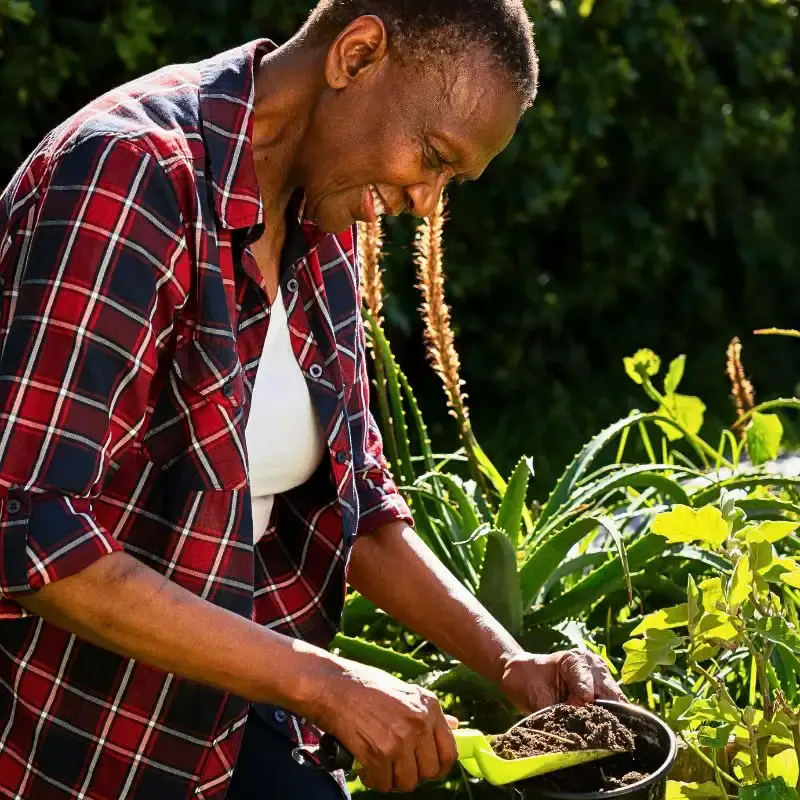Potting soil is a seemingly mundane component of gardening, but it plays a pivotal role in plant health, acting as the foundation for nourishment, support, and life. Potting soil provides an optimal balance of nutrients, moisture, and aeration, catering to the complex needs of plants in containers.
These potting soil secrets can help gardeners in elevating their gardening practice, ensuring their plants not only survive but thrive in their care.
The Anatomy of Potting Soil
Potting soil, often referred to as potting mix, is a medium that's specifically formulated to foster plant health and growth in container gardening.
Unlike ordinary garden soil, potting soil is sterile, free from diseases, weeds, and pests, and is tailored to provide the optimal environment for roots within the confines of a pot.
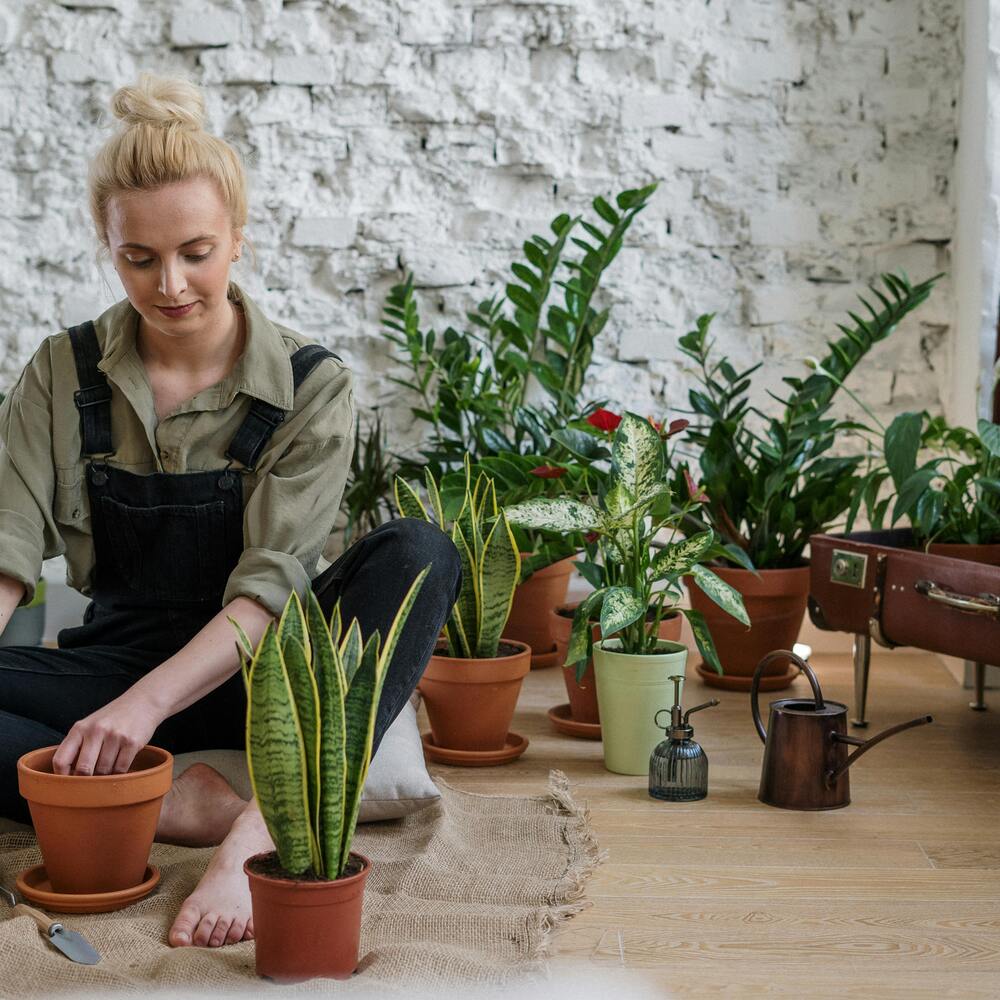
The anatomy of potting soil is a blend of several key components, each serving a distinct purpose:
- Peat Moss
This organic material is the backbone of many potting soils due to its ability to retain moisture while also providing good aeration. Peat moss has a naturally acidic pH, which can be beneficial for certain types of plants.
- Perlite
What are the little white balls in potting soil? These are called perlite, a volcanic glass that's heated until it pops like popcorn. Perlite increases the aeration of the mix, ensuring roots have access to oxygen. It also improves drainage, reducing the risk of waterlogging.
- Vermiculite
Similar in function to perlite, vermiculite helps retain water and nutrients in the soil, making them more available to plant roots. It's a mineral that expands when heated and has a high water-holding capacity.
- Compost Or Organic Matter
Adding compost or other organic materials provides a rich source of nutrients for the plants. This can include worm castings, decomposed leaves, or other organic matter that enriches the soil, promoting beneficial microbial activity and fostering a healthy root environment.
- Sand
Some potting mixes include sand to improve drainage, which is especially important for plants that do not tolerate "wet feet" or standing water around their roots.
The precise blend of these components can vary based on the specific needs of the plant species being grown. For example, succulents and cacti require more perlite or sand for faster drainage, while moisture-loving plants might benefit from a higher proportion of peat moss and vermiculite.
The Role Of pH In Plant Health
The pH level of potting soil plays a critical role in plant health by influencing the chemical form of nutrients, thereby affecting their availability to plants. Most essential nutrients are readily available to plants in soils with a pH range of 6.0 to 7.0, which is slightly acidic to neutral.
If the pH falls outside this range, certain nutrients become either less available or toxic to plants, leading to nutrient deficiencies or toxicity symptoms. For instance:
- Acidic soils (pH < 6.0) can lead to excess availability of iron and manganese, potentially toxic to some plants, while phosphorus, calcium, and magnesium become less available.
- Alkaline soils (pH > 7.0) can cause deficiencies in iron, manganese, and zinc, leading to chlorosis (yellowing of leaves) and poor growth.
Adjusting the pH of potting soil is possible through the addition of lime (to raise pH) or sulphur (to lower pH), depending on the needs of the specific plants being grown. Regular soil pH testing is advisable to maintain it within an optimal range for the garden's health.
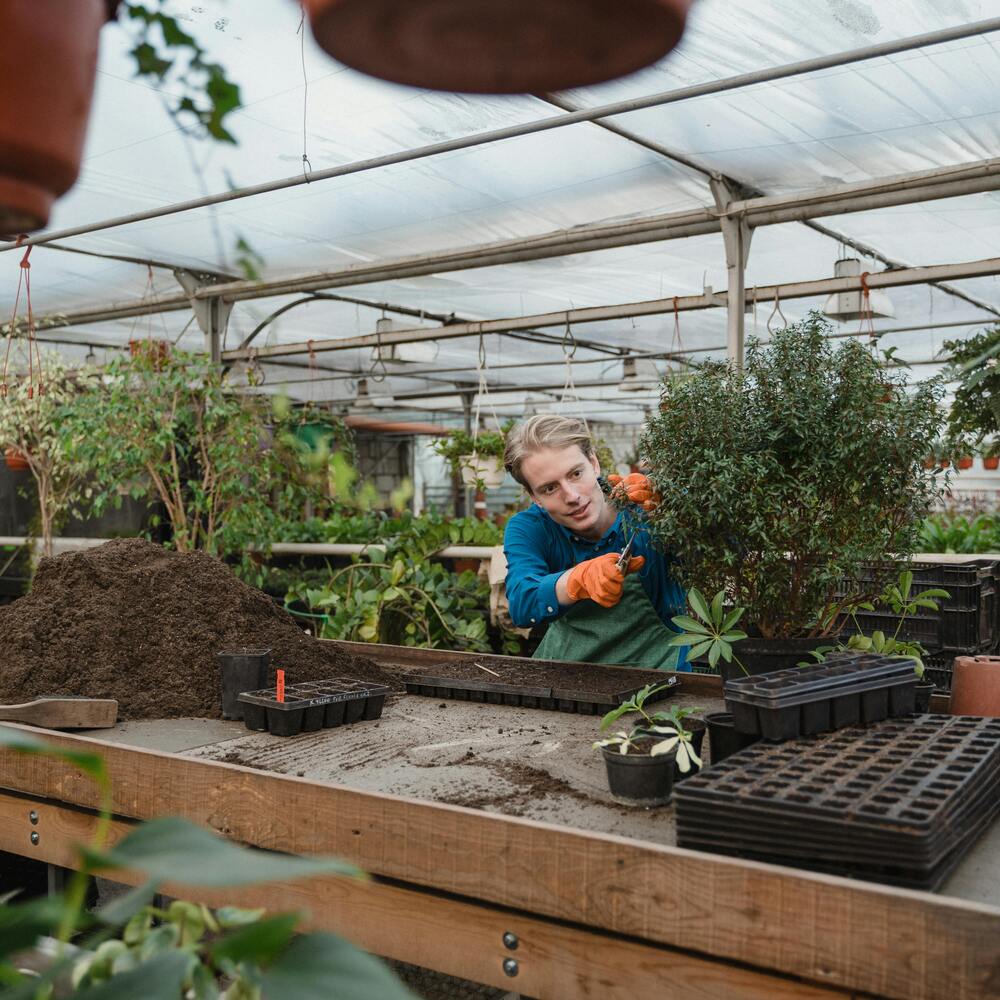
Enhancing Soil With Organic Matter
Organic matter is a rich source of essential nutrients as it decomposes. It slowly releases nitrogen, phosphorus, potassium, and micronutrients, which plants need for growth, in a form that plants can easily uptake.
It supports a diverse microbial ecosystem in the soil. These microorganisms play crucial roles in nutrient cycling, breaking down organic matter into forms plants can use and suppressing soil-borne diseases through competitive exclusion of pathogenic microbes.
Additionally, it improves the soil's water-holding capacity, enabling the soil to retain moisture more effectively, which is especially beneficial in hot, dry conditions. Simultaneously, it can improve drainage in denser soils, preventing waterlogging by creating more air spaces within the soil.
To incorporate organic matter into potting soil, gardeners can mix in well-decomposed compost or other organic amendments when preparing pots. Regular top-dressing (adding a layer of compost to the soil surface) can also replenish organic matter and nutrients throughout the growing season.
Water Management Techniques
Effective water management is vital in container gardening due to the limited soil volume and the potential for either rapid drying or waterlogging.
- Choosing or creating a potting mix with good water retention and drainage properties is fundamental. Ingredients like peat moss and vermiculite enhance moisture retention, while perlite and sand improve drainage.
- Applying a layer of mulch (such as straw, wood chips, or shredded leaves) on the soil surface can reduce water evaporation, maintain consistent soil moisture, and reduce watering frequency.
- Watering deeply and less frequently encourages deeper root growth, which can improve plant resilience to drought. It's important to water early in the day to reduce evaporation losses and to avoid wetting the foliage, which can lead to fungal diseases.
- Regularly checking the soil moisture can help gardeners water more effectively. Soil moisture meters, or simply using a finger to feel the soil's moisture at a depth of 1-2 inches, can indicate when watering is necessary.
These techniques can help ensure plants receive the moisture they need without the risks associated with over- or under-watering.
Fertilization
Fertilization is essential in potting soil to replenish nutrients consumed by plants or leached out through watering. A balanced approach to fertilizing involves understanding the specific nutrient requirements of plants and applying fertilizers accordingly:
- Slow-Release Fertilizers
These fertilizers release nutrients gradually over time, providing a steady supply of nutrients to the plants. They are applied less frequently and are less likely to cause nutrient burn compared to water-soluble fertilizers.
- Liquid Fertilizers
Water-soluble fertilizers provide nutrients that are immediately available to plants. They are ideal for quick nutrient boosts or for plants with high nutrient demands. However, they require more frequent application and careful dilution to avoid over-fertilization.
- Organic And Inorganic Fertilizers
Organic fertilizers, derived from plant or animal matter, release nutrients slowly as they break down, improving soil health over time. Inorganic fertilizers provide immediate nutrient availability but do not improve soil structure or microbial activity.
Over-fertilizing can harm plants, leading to nutrient burn or imbalances. Therefore, you must follow the recommended application rates and timings for each fertilizer type, considering the plant's growth stage and nutrient requirements.
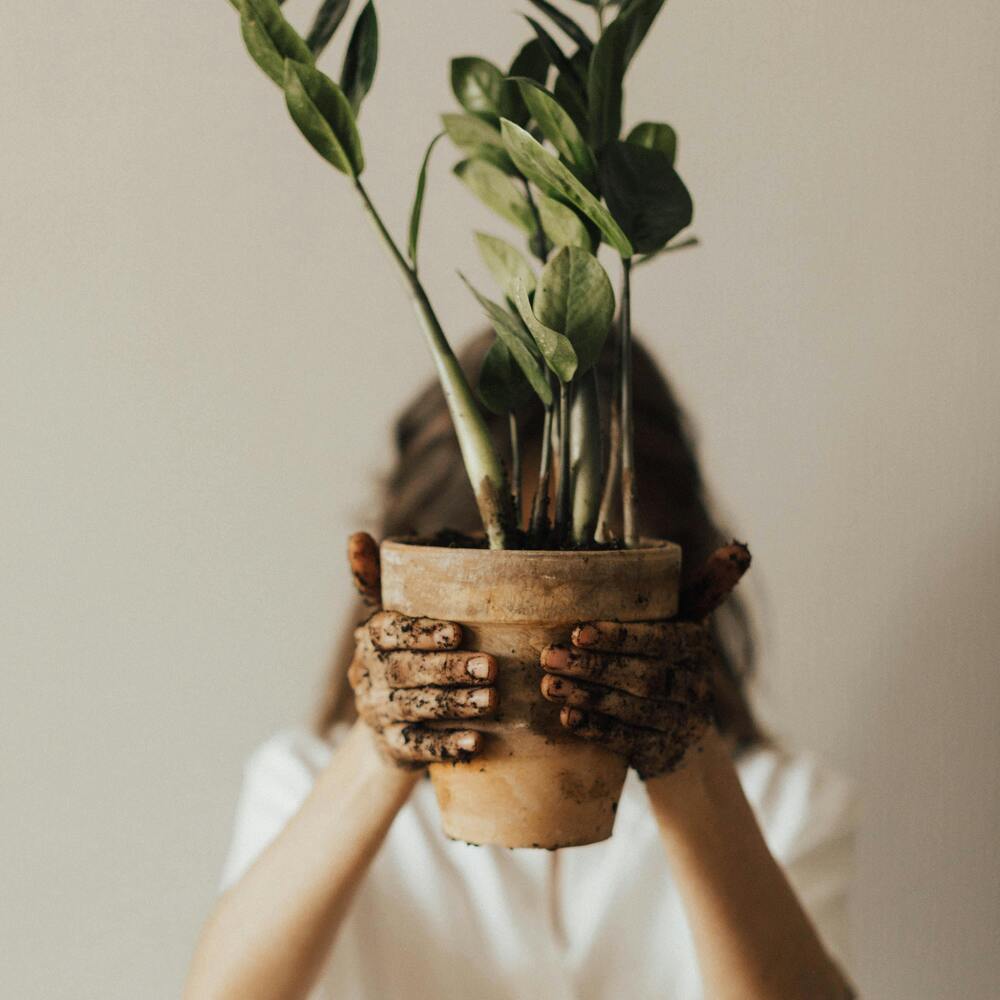
Seasonal Adjustments To Potting Soil
As temperatures fluctuate and daylight hours increase or decrease, the water and nutrient demands of plants can change. Here are some strategies for adjusting potting soil seasonally:
- Spring
As the growing season begins, refresh potting soil by incorporating new organic matter or a balanced slow-release fertilizer to replenish nutrients depleted over winter. This is also an excellent time to check and adjust the pH of the soil if necessary.
- Summer
High temperatures and increased evaporation rates can dry out potting soil quickly. To enhance moisture retention, consider adding more peat moss or coir. Mulching the soil surface can also prevent moisture loss. Regular fertilization may be necessary to support active growth, especially for flowering and fruiting plants.
- Autumn
As growth slows down, reduce the amount of nitrogen-rich fertilizers to prevent encouraging new growth that could be damaged by early frosts. This is a good time to incorporate more compost into the soil, which will break down over winter, enriching the soil for the next season.
- Winter
For plants that remain active or are overwintered indoors, ensure the potting soil does not become waterlogged, as lower light levels and cooler temperatures reduce evaporation. Adjusting the soil mixture to increase drainage, such as adding perlite or sand, can help. Reducing watering frequency according to the plant's reduced needs is also crucial.
Adjusting care practices seasonally and addressing any problems can help gardeners enjoy the rewards of their efforts with minimal setbacks.
Conclusion
Optimizing plant health through the strategic use of potting soil is both an art and a science. From the airy, lightweight perlite to the nutrient-rich organic matter, each component of potting soil plays a vital role in fostering plant vitality.
Understanding and leveraging these elements can lead to thriving gardens and lush indoor oases. Whether you're a seasoned gardener or a novice, mastering the secrets of potting soil is a fundamental step towards unlocking the full potential of your green companions.

